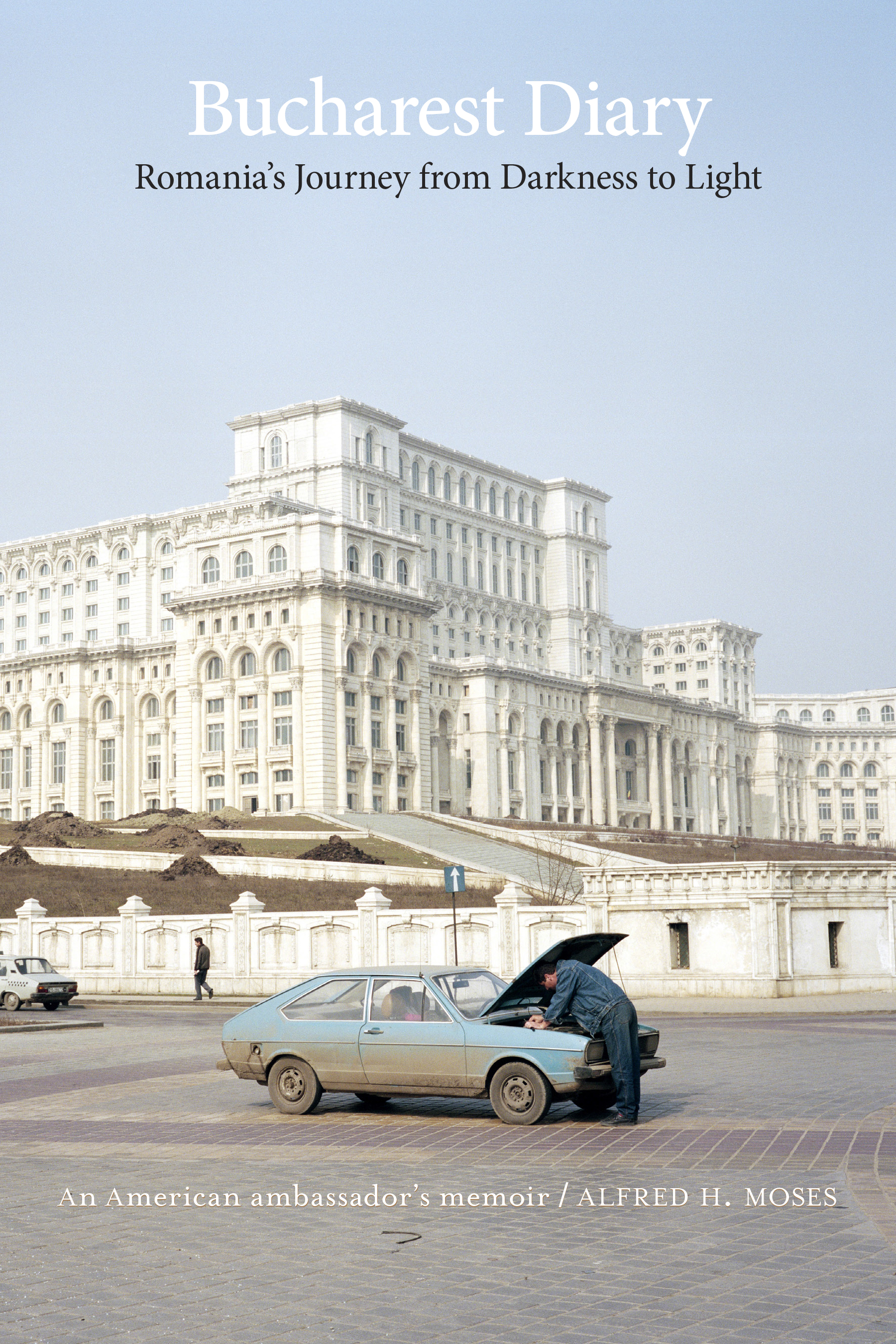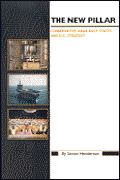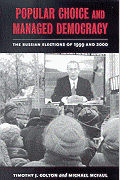Which of the following did not contribute to the collapse of the Soviet Union ✅ Chất
Mẹo Hướng dẫn Which of the following did not contribute to the collapse of the Soviet Union 2022
Lê My đang tìm kiếm từ khóa Which of the following did not contribute to the collapse of the Soviet Union được Cập Nhật vào lúc : 2022-12-20 10:20:21 . Với phương châm chia sẻ Kinh Nghiệm Hướng dẫn trong nội dung bài viết một cách Chi Tiết 2022. Nếu sau khi đọc nội dung bài viết vẫn ko hiểu thì hoàn toàn có thể lại Comments ở cuối bài để Admin lý giải và hướng dẫn lại nha.Mikhail Gorbachev is the central figure in explaining the collapse of the Soviet Union and the end of the Cold War. However, it is worth examining whether the collapse would have occurred had Gorbachev not been general-secretary of the Communist Party of the Soviet Union (CPSU) with the power to affect radical change there. His friendship with Western European leaders and U.S. presidents ensured that the West treated him with a greater degree of understanding than Western leaders had extended to his predecessors. Nevertheless, the personal friendship of U.S. presidents is not enough to explain the dissolution of an empire. Here I examine five structural factors that gradually weakened the Soviet Union, as well as four significant decisions that Gorbachev personally made with noble goals, but disastrous consequences.
Nội dung chính Show- Diana Villiers NegroponteFormer Brookings ExpertPublic Policy Scholar - Woodrow Wilson CenterRelated BooksWhat contributed to the collapse of the Soviet Union?What were the five greatest factors that contributed to the fall of the Soviet Union?What were two of the main causes of the collapse of the Soviet Union quizlet?What was the primary factor in the collapse of the Soviet Union quizlet?

Diana Villiers Negroponte
Former Brookings Expert
Public Policy Scholar - Woodrow Wilson Center
First, for several years the Soviet economy had faced stagnation. The economic structure required that 60% of capital investment support the production of fuel and raw materials with a further 20% dedicated to the military, leaving only 20% to invest in manufacturing industries and the consumer sector. Citizens found employment in one of the 300,000 construction projects, far more than was needed, but reducing that number by two-thirds presented a real danger of mass unemployment. The ruble had only paper value, with Soviet citizens holding overall 400-450 billion rubles, but they had nothing to spend it on; store shelves carried few consumer goods. By December 1989, citizens were roiling with discontent. Coal miners in the Arctic Circle struck for better living conditions, including soap and potatoes. Other miners followed suit in 158 separate incidents. Land privatization was postponed and the budget deficit grew exponentially.
Second, the Soviets had always feared the superiority of U.S. military technology and nuclear weapon systems. In 1981, President Reagan’s decision to build an anti-ballistic missile system, known as Star Wars, exacerbated this fear and raised even further the cost of keeping up with new U.S. weapon systems. Soviet revenues devoted to defense would have to increase, further depriving ordinary citizens of revenues for medical research, infrastructure, and consumer goods. Complaints from ordinary citizens soared.
Third, nationalism in Eastern Europe and the USSR itself had become more pronounced as the dream of a classless communist society became illusory. Among the peoples of both regions, there arose a gradual loss of ideological self-confidence. In its place, national pride against an externally imposed Soviet system had goaded the citizens of Poland and the Baltics to seek self-determination. In 1981, General Secretary Brezhnev had suppressed the freedom movements, but the shipyard workers of Danzig remained determined to form an independent trade union and political movement, Solidarność. In June 1989, they gained the right to participate in không lấy phí legislative elections, whipping the official communist party. With victory, they enacted a new constitution which asserted their Polish heritage and freedom from Moscow’s rule. In the three Baltic States, approximately 2 million people formed a human chain of national determination spanning 420 miles to rid themselves of Soviet authority. The growing bitterness of ethnic minorities resulted in growing demands for Ukrainian independence, followed by increased restlessness among the peoples of Georgia and Armenia, all eager to break away from Moscow’s neck grasp.
Fourth, Soviet disbursements of funds into Eastern Europe and the Trans-Caucuses resulted in higher and higher costs as Soviet military presence and subsidies to unproductive factories siphoned off funds that could be spent home. It became clear to ordinary citizens that the Soviet empire was overextended in Africa and Latin America. The invasion of Afghanistan in 1979 cracked the veneer of the Soviet solidarity with Third-World nations, and the disillusion spread as men came home in body toàn thân bags, provoking strident complaints from mothers of fallen soldiers.
Finally, the creation of the 35-nation Commission on Security and Cooperation in Europe (CSCE) and its achievement of the Helsinki Accords in 1975 created new norms of international behavior, including the right to self-determination, the right to travel and respect for human rights, and fundamental freedoms. They were not always respected, but the accords and the annual CSCE meetings created a more stable international environment and a basis for change within the USSR and Eastern Europe. The CSCE justified political and social reforms that Moscow previously would have rejected.
Related

Order from Chaos
Crimea: Six years after illegal annexationSteven Pifer
Tuesday, March 17, 2022
Order from Chaos
A brief history of NATO, from Truman to TrumpStrobe Talbott
Wednesday, March 27, 2022
Russia & Eurasia
The man who lost an empireStrobe Talbott
The Tp New York Review of Books Thursday, December 7, 2022The consequence of these gradual developments was increasing economic stagnation and growing complaints from citizens who could now compare their life style with that of cities in Western Europe. In the face of this internal decline, President of the Presidium of the Supreme Soviet and longtime Foreign Minister Andrey Gromyko chose the 54 year-old, well-educated and travelled thành viên of the Politburo with responsibility for agriculture to become general-secretary. He was tasked with reforming the Soviet Union. What did the energetic change maker undertake?
First: Glasnost (opening) encouraged the publication of critical letters in Izvestia, Pravda, and on Russian television. This greater freedom of expression combined with the lifting of the ban on Western radio broadcasts allowed Soviet citizens to both criticize their own government and learn about national movements for freedom in Eastern Europe.
Second: Gorbachev’s early decision not to use force to repress freedom movements was demonstrated first in Poland. Unlike 1981, Gorbachev refused to suppress the Solidarność victory. The ability of the Poles to assert their desire for freedom from Moscow’s grip influenced the Hungarians and East Germans each of whom achieved independence in 1989 without Soviet repression. However, a consequence of giving headway to national movements was growing concern among the conservative members of the Politburo that Gorbachev was losing control.
Related Books
 Bucharest Diary
Bucharest DiaryBy Alfred H. Moses
2022 The New Pillar
The New PillarBy Simon Henderson
2003 Popular Choice and Managed Democracy
Popular Choice and Managed DemocracyBy Timothy J. Colton and Michael McFaul
2003Third: Despite his advocacy of perestroika (restructuring) Gorbachev’s ignorance of economic issues and the chaos created by his multiple and divergent economic plans created deep uncertainty as to the future economy. Reform of the cooperatives had transferred authority away from GOSPLAN (the State Planning Committee) to managers of cooperatives who failed to reinvest the profits, but benefited personally from the enterprise. This allowed greater scope for corruption and serious discontent among the workers.
Finally, Gorbachev’s decision to abolish the Communist party removed the central organizing principle of the Soviet system. The government which had been dependent upon the CPSU was now freed to make policy and effect change, but without the traditional party structures, the government had no guiding principles by which to make decisions. With an ineffective government, the USSR’s most powerful institution was destroyed. The clever and entrepreneurial found opportunities to enrich themselves provoking even further protest from Kremlin apparatchiks who considered Gorbachev feckless. They therefore planned his removal. On August 18, 1991, they held him and his family captive in his summer home on the Black Sea claiming that he was sick. Three days later, the president of the Russian Republic, Boris Yeltsin rejected the putchists, rescued the Gorbachevs and restored him to the Kremlin. From late August until late December, Gorbachev was president of the Soviet Union in name only. Authority and influence had passed to Yeltsin who now collaborated with the leaders of Ukraine, Byelorussia, and Kazakhstan to create a Commonwealth of Independent States and to achieve their independence. On December 25, 1991, the hammer and sickle that had flown above the Kremlin for over 70 years was replaced by the Russian white, blue and red.
In his 1947 article for Foreign Affairs, George F. Kennan wrote of the underlying weaknesses of the Soviet system and the likelihood of a “swift transition.” Over the next 40+ years, those structural factors corroded the Soviet system. However, the Soviet Union could have staggered on for a further decade were it not for Gorbachev who both unleashed radical reforms and provoked strong opposition to those changes. He was the trigger that brought about the collapse of the union. To the West, Gorbachev is a hero who not only dissolved the Soviet Union, but also ended the Cold War. To the citizens of Russia, he is the man who brought chaos through his economic plans, disarray through his destruction of the CPSU, and national humiliation through his acquiescence to the West. Nevertheless, both supporters and detractors recognize that the collapse of the Soviet Union took place rapidly and with minimum violence: the only empire in history to have dissolved without extended violent conflict.
What contributed to the collapse of the Soviet Union?
Gorbachev's decision to allow elections with a multi-party system and create a presidency for the Soviet Union began a slow process of democratization that eventually destabilized Communist control and contributed to the collapse of the Soviet Union.What were the five greatest factors that contributed to the fall of the Soviet Union?
Exploring 5 Reasons for the Collapse of the Soviet Union. Perestroika and Glasnost. ... . Aging Politburo Was Less Ideologically Pure. ... . Western Aggression. ... . Guns and Butter. ... . Nationalist Movements..What were two of the main causes of the collapse of the Soviet Union quizlet?
The Soviet Union collapsed after 69 years. Some of the main causes of the collapse were that the Soviets lost support from many other countries, since they gained independence already, and started to break away from their empire. In addition, they also had a poor economy, and lots of unemployment rates.What was the primary factor in the collapse of the Soviet Union quizlet?
What was the primary factor in the collapse of the Soviet Union ? Mikhail Gorbachev's economic and political reforms. How were the limits of the US power revealed in the early post cold war world? The inability to effectively intervene on behalf of human rights in several countries. Tải thêm tài liệu liên quan đến nội dung bài viết Which of the following did not contribute to the collapse of the Soviet Union